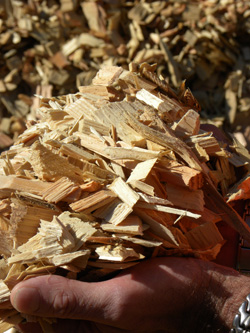 Embedded within the Canadian legal framework is the requirement for ongoing independent monitoring of all forestry operations. (see ‘How it works in British Columbia’) But, even with everything in place there are times when all does not go exactly to plan. In situations where ‘administrative trespass’ is identified when a company may have, for safety reasons or operational exigencies, deviated from the prescribed harvesting plan, provided the deviations are incorporated into the harvesting plan as amendments with validation the trees in question are deemed to have been legally harvested.
Embedded within the Canadian legal framework is the requirement for ongoing independent monitoring of all forestry operations. (see ‘How it works in British Columbia’) But, even with everything in place there are times when all does not go exactly to plan. In situations where ‘administrative trespass’ is identified when a company may have, for safety reasons or operational exigencies, deviated from the prescribed harvesting plan, provided the deviations are incorporated into the harvesting plan as amendments with validation the trees in question are deemed to have been legally harvested.
Country of Harvest – corroboration of low risk
When risk assessment is a requirement, it is also useful to have independent third-party evidence in support of your own claims. There are a number of websites providing an operator with additional evidence including attesting to both the ‘negligible risk’ of timber and wood-based products harvested in Canada and the high probability of compliance with the legal requirements:
FSC Global Forest Registry – risk of sourcing controversial timber.
Transparency International – An index on public sector corruption.
http://www.transparency.org/cpi2012
Sustainable Forest Products – Helping procurement managers make informed choices
http://www.sustainableforestproducts.org/Legality
Product Details
For what information is required to be made available for due diligence purposes reference should be made to EUTR Article 6.
In addition to identification of Canadian provenance, all the other information required by an operator relating to both timber harvested in and products of wood harvested in Canada will be included in the customary contractual documentation which will, as a matter of course, identify and quantify species and volumes on each contract.
When products contain non-Canadian wood this shall be clearly identified; where necessary, appropriate due diligence requirements should already have been implemented.
Construction Products Regulation (CPR)
Fully implemented from 1 July 2013, the CPR imposes regulatory requirements for construction products to be placed on the market in the EU. For Canadian strength-graded lumber, plywood and other products regulated under the CPR, provenance and product details will be clearly identified by the grade/CE mark and accompanying Declarations of Performance to which they are required to be cross-referenced.

